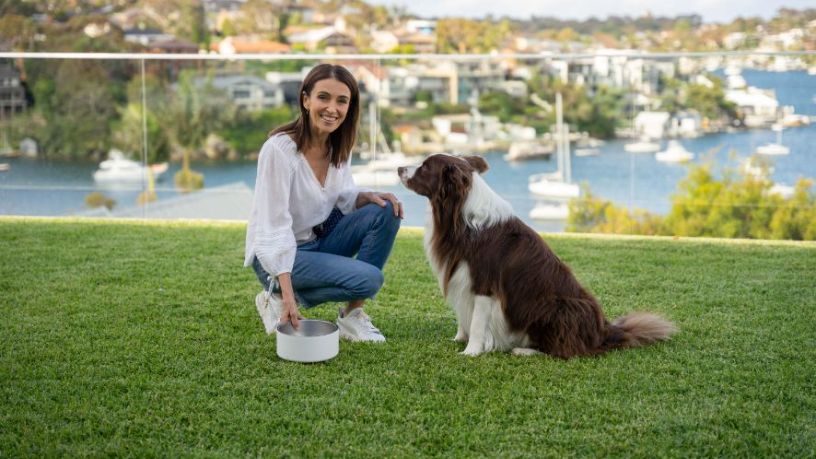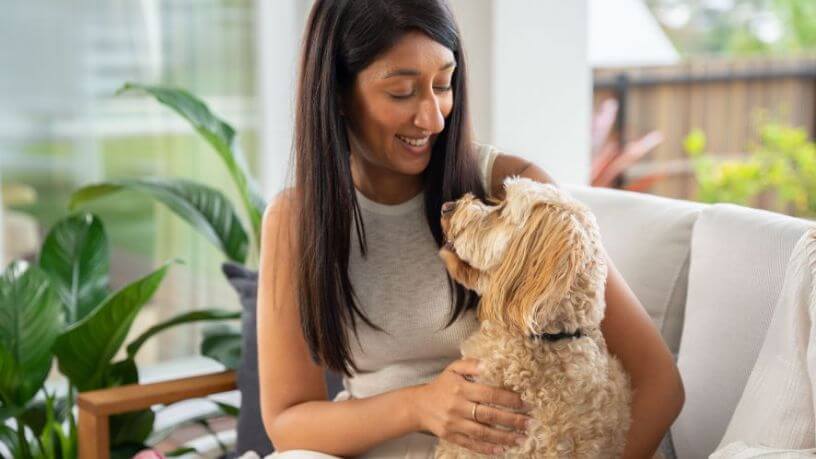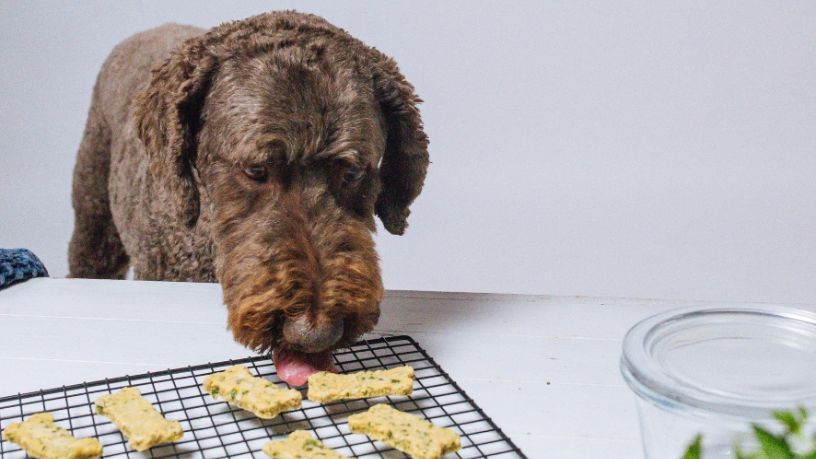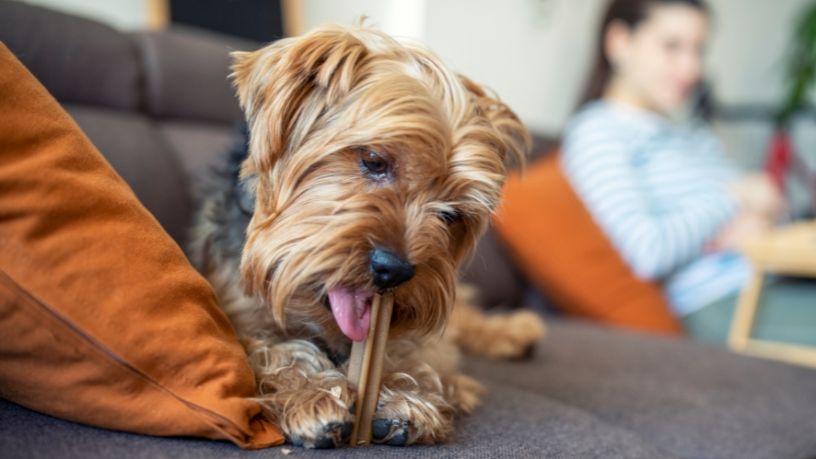Training your dog is beneficial for both you and your pet.
On this page
Key takeaways
Consistent training can help build a relationship of trust between you and your dog.
Rewards-based and clicker training are approved by the RSPCA.
Dog training is an essential part of making sure your pet is healthy, happy and safe.
Giving your pooch some much-needed mental stimulation, training builds confidence and helps to strengthen their connection with us. Plus, when combined with morning exercise, dog training will help keep your pooch happy and wear them out mentally and physically, making them more likely to rest during the day.
If you’re a first-time dog owner, you’re probably wondering just how to train your dog. There are many different approaches out there, but it’s reward-based dog training that gets the tick of approval by the RSPCA.1 Most experts agree that punishment is not an appropriate means of dog training.
Ready to learn how to train your dog the right way?
What is reward-based dog training?
Reward-based training (also known as positive reinforcement) is considered the best approach to dog and puppy training. It works by rewarding desired behaviours and is great for building a loving bond between you and your dog.
This approach is simple: find something your dog loves (the reward) and give it to them when they behave how you want them to. Delicious snacks, such as cheese, cooked chicken meat (be sure to remove all bones), and other ‘high value’ treats work exceptionally well for most dogs.
For pups who aren’t food motivated, a game of fetch or tug-of-war, a favourite toy or cuddles and praise can work just as well. The important thing is to choose the reward that is most valuable to your dog.
With reward-based dog training it’s important to ignore (not punish) unwanted behaviour. If you want to teach your dog to stop jumping, rather than yelling at them when they do jump up, ignore them. Wait until they have all four paws on the ground and then reward them. But how can you be sure your dog will understand that it’s the standing and not the jumping that’s being rewarded? This is where clicker training can come in handy.
What is clicker dog training?
Clicker dog training is a popular form of reward-based training that uses a handheld noisemaker to acknowledge the behaviour you want from your dog. Also known as ‘mark and reward’, a clicker lets your pup know exactly which action is being rewarded. Let’s look at how to train your puppy or dog using a clicker.
1. Charge the clicker
For clicker dog training to work, the first step is teaching your dog that the clicking sound means they get something good. This is called charging or loading the clicker, and it couldn’t be simpler.
All you need to do is press the clicker and give your dog their reward. At this stage you’re not asking them to do anything for their treat. You’re simply teaching them that the ‘click’ sound means they’ll get something they like. You’ll need to do this several times to create a strong connection between the ‘click’ and the reward for your pup.
2. Mark and reward
Once your dog understands what the clicking sound means, it’s time to ask them to do something to earn their reward. The timing of the click is what helps your dog learn which behaviour is getting them the treat.
The instant your dog does what you want them to (whether sitting, lying down, shaking hands or not jumping), press the clicker and give their reward straightaway. Don’t worry about introducing a verbal cue yet. This step is simply about showing the dog the behaviour you want (for example, using a treat to lure them back into a sit or down into a lying position), clicking the moment they do it (such as when their backside hits the ground), and then rewarding.
3. Introduce the cue
Once your dog understands the action you want from them for a click and a treat, you can introduce a verbal cue or a command which could be accompanied by a hand signal.
Continue clicking and rewarding each time and your dog will pair the command with the click and treat. When your dog can reliably perform the behaviour you’re training on command, it’s time to try phasing out the clicker and the guaranteed treats, though it’s important to continue to reward with praise or pats for a job well done (and still give a treat here and there).
How long will it take to train my dog?
Is training your dog a quick process? Not usually. But if you persist, stay patient and do a little training every day, your dog will catch on.
Keep in mind that you need to do each step several times before moving on to the next step during clicker dog training, as your pup needs to make a strong connection at each stage.
Remember, dog training takes time and patience, not to mention a hefty supply of treats, so be consistent to see good results.

At Bupa, trust is everything
Our health and wellbeing information is regularly reviewed and maintained by a team of healthcare experts, to ensure its relevancy and accuracy. Everyone's health journey is unique and health outcomes vary from person to person.
This content is not a replacement for personalised and specific medical, healthcare, or other professional advice. If you have concerns about your health, see your doctor or other health professional.
1RSPCA. (2022). What is reward-based dog training and why does the RSPCA support it?. RSPCA.
You might also like...
How to teach a dog to come when called
Teaching your dog to come when you call is one of the most important things you can do to keep them safe when you’re out and about. So, how does recall training work?
5 golden rules for dog training
Time to teach your dog the house rules? We’ve put together 5 tips to help make obedience training easy, stimulating, and a lot of fun for your fur-baby!
Chicken chews for your dog
Looking for a scrumptious homemade treat to keep your dog (and their teeth) busy? Check out our chicken dog chew recipe.
The best food and treats for your dog's dental health
Even dogs don’t like going to the dentist. The good news is you can protect their teeth and gums between check-ups with some of their favourite foods.





